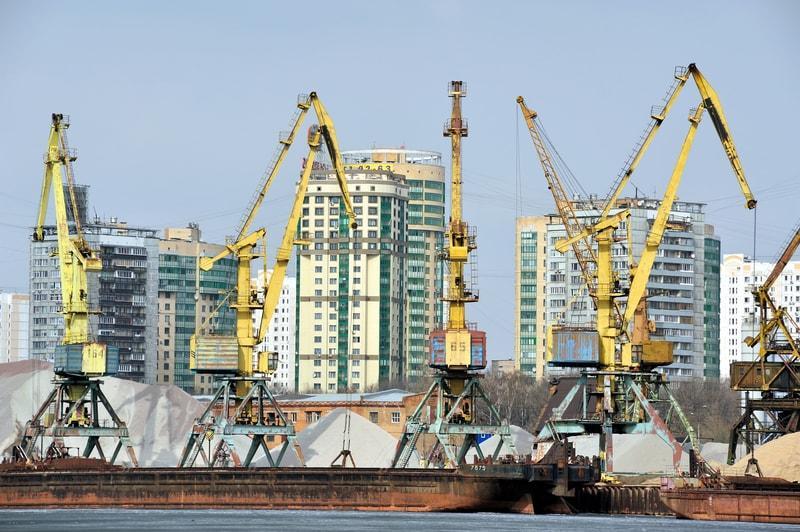
Severe weather is having a devastating effect on ports and harbours around the world. Storm Yohan in Lebanon, to name a recent example, has forced multiple facilities to close. With wind speeds of up to 100 km/h, boats and machinery have been damaged, maritime transport cancelled and fisherman left unable to work. The effect of high wind speed on ports is felt around the world, including in the United Kingdom.
In August last year in the UK, small ports and harbours were given access to a £1.7m government package to help repair weather damage. This is in addition to an earlier £200m fund for weather-affected ports [1].
Two of the key issues in ports and harbours are quay cranes being blown over and ships breaking free from mooring lines. According to the TT Club (a leader in insurance and risk management), around one fifth of port insurance claims are related to high winds knocking over cranes, and 13% to broken mooring lines [2].
These figures illustrate not only how common weather damage to ports is, but also its financial impact – from lost output as well as damage costs. These figures also make for grim reading from a health-and-safety standpoint. Falling cranes and unruly ships are no laughing matter!
Ports and harbours must have procedures in place allowing them to monitor the weather and take preemptive measures. This will minimise the risk of injury and damage. They should aim to document these processes as proof of good practice should any incidents occur. This would satisfy health-and-safety standards and allow them to successfully defend insurance claims.
[1] Cornish Guardian
[2] Hellenic News, ‘When a Foul Wind Blows’